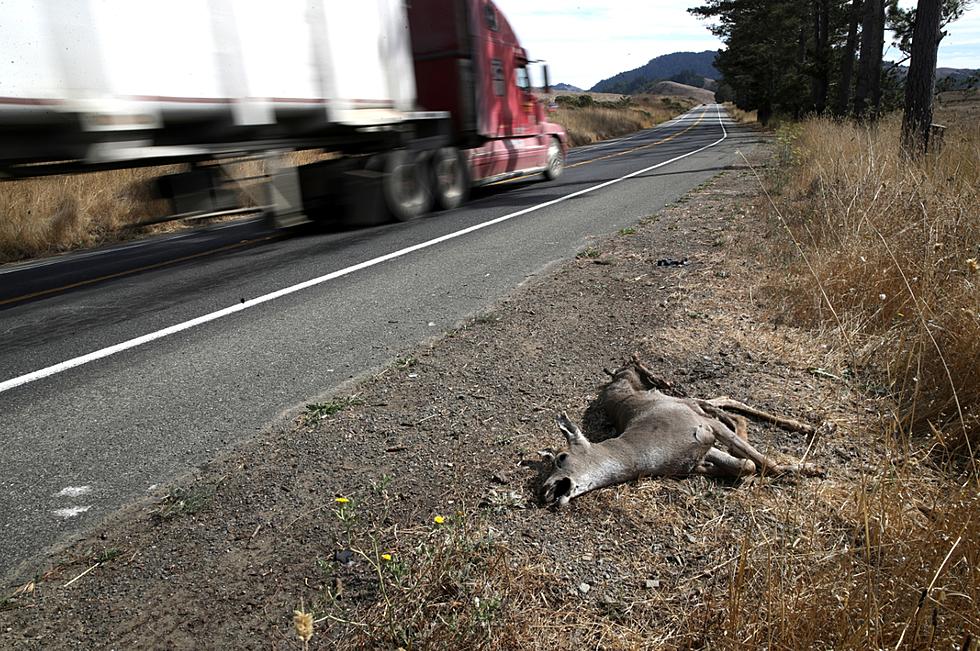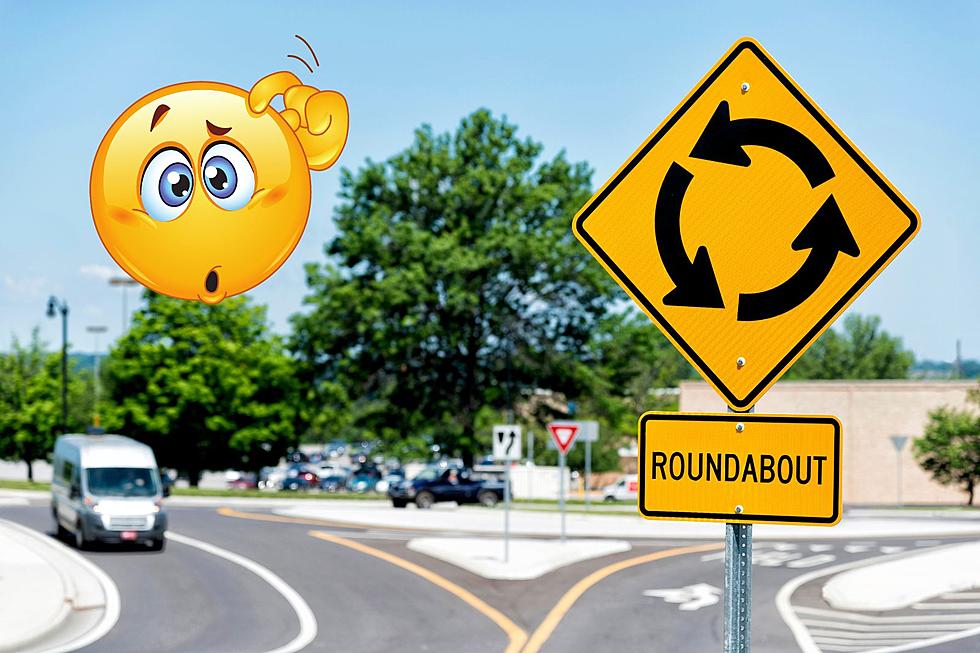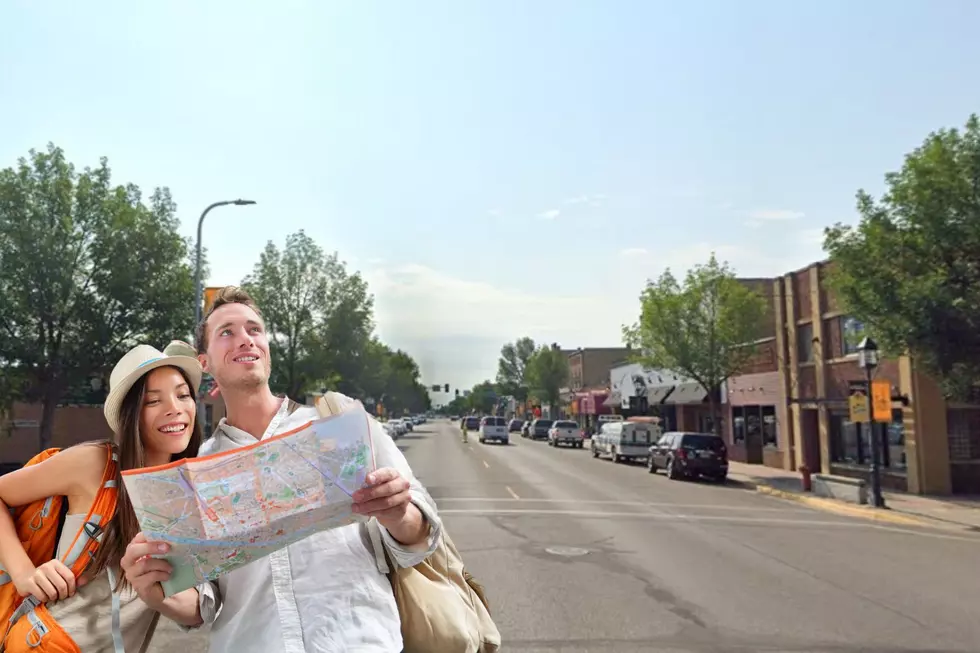
Strange Minnesota Roadkill Rules – Can You Take a Deer Home After a Collision?
Does hitting a deer with your SUV qualify as "hunting"? Most of us have either a). hit a deer while driving or b). nearly hit a deer while driving. I worry about other drivers, but I also worry about a 300-pound buck charging across the highway as I'm zipping along at 60 mph (doing the speed limit, mind you).
In a recent post of “ASK A TROOPER” by Sgt. Troy Christianson of the Minnesota State Patrol comes word that the Minnesota State Patrol issues permits for road-kill deer generally at the time of the crash or soon after.
That's right, if you do hit a deer on Minnesota roads you can, in theory, take it home for dinner according to the Minnesota State Patrol.
According to state regulations: "If you are involved in a vehicle vs. deer/large animal crash, call 911 to report if there are occupant injuries, your vehicle is disabled, your vehicle or the animal is in the lane of traffic or if the animal has been injured and is unable to run away. Law enforcement will be dispatched to your location to assist."
Yes, you can claim your buck after hitting it on the highway, but first, you have to call 911, report the collision, and wait for law enforcement to show up. If you collide with a deer you may be faced with hundreds or thousands of dollars in repair costs for your vehicle, but you can legally take the deer home if you follow the rules. Crazy but true.

The Minnesota State Patrol reminds all of us to slow down and take precautions against ramming into a deer on area highways. Here are steps you can take to lower your risk:
· Drive at safe speeds.
· Be especially cautious from 6 to 9 p.m., when deer are most active.
· Use high beams when possible at night, especially in deer-active areas.
· Do not swerve to avoid a deer. Swerving can cause motorists to lose control and travel off the road or into oncoming traffic.
· Watch for the reflection of eyes and silhouettes on the shoulder of the road. If anything looks suspicious, slow down.
· Reduce speeds in areas known to have a large deer population — such as areas where roads divide agricultural fields from forest land and whenever in forested areas between dusk and dawn.
· Deer are unpredictable — they may stop in the middle of the road and change direction when crossing or move toward an approaching vehicle. Blow horn to urge deer to leave the road.
· If a deer is struck but not killed, keep your distance as the deer may recover and move on.
· Avoid all distractions while driving.
Okay, it's not exactly my idea of "fast food" - and I wouldn't wish a high-speed vehicular encounter with a deer on anyone, but there is one potential benefit: fresh venison for dinner!
Think I'm nuts? You'd be right, but if you have any questions about the rules and regulations around roadkill please reach out to Sgt. Troy Christianson at the Minnesota State Patrol in Rochester at Troy.Christianson@state.mn.us for further clarification.
Just in case anyone asks.
8 Roadkill Cookbooks
More From 106.9 KROC-FM






